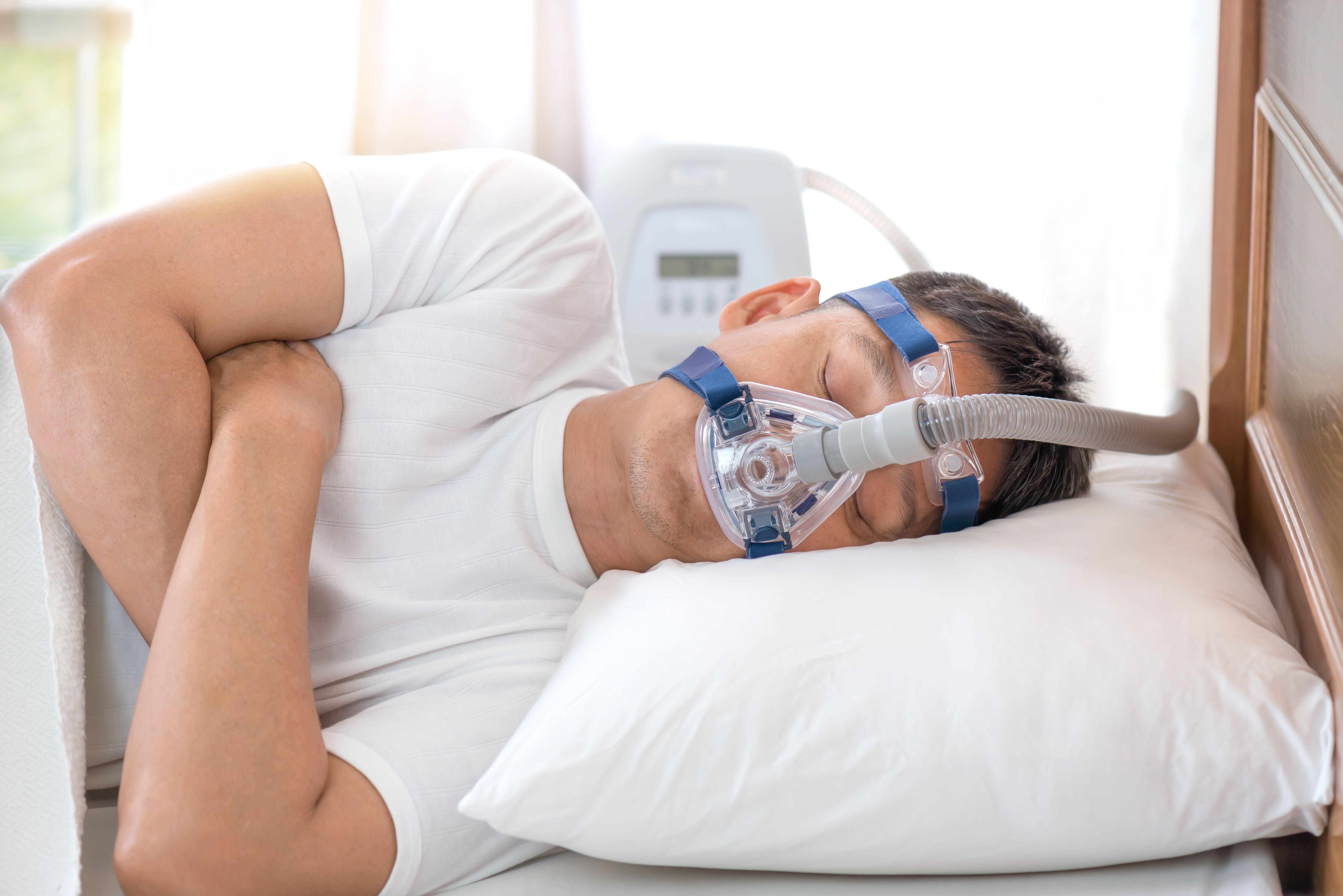News
Article
Tirzepatide Could Offer a Novel Approach to Sleep Apnea Treatment
Author(s):
Key Takeaways
- Obstructive sleep apnea affects over 900 million people and is linked to pharyngeal collapse during sleep.
- Traditional positive airway pressure therapy has not significantly reduced cardiovascular outcomes in obstructive sleep apnea patients.
Treatment with tirzepatide has led not only to significant reductions in excess body weight, but also improvements in blood pressure and reduction of inflammatory markers.
Obstructive sleep apnea affects more than 900 million individuals worldwide. The common respiratory disorder arises from insistent pharyngeal collapse during sleep, resulting in a temporary pause of breathing or shallow breathing. Although treatment has long been associated with mechanical support during sleep, results have been underwhelming. Randomized controlled trials have failed to confirm that positive airway pressure therapy reduces the number of adverse cardiovascular outcomes and death.
Image credit: sbw19 | stock.adobe.com

It is well understood that being overweight or obese is a significant risk factor for obstructive sleep apnea. Current clinical guidelines recommend evidence-based weight loss programs as a component of obstructive sleep apnea management, but have yet to consider pharmacologic options as a potential solution. The New England Journal of Medicine recently published the results of the SURMOUNT-OSA trials that evaluated tirzepatide (Mounjaro, Zepbound; Lilly) in adults with moderate-to-severe obstructive sleep apnea and obesity.
Tirzepatide is a long-acting dual glucose-dependent insulinotropic receptor and glucagon-like peptide-1 receptor agonist. Treatment with tirzepatide has led not only to significant reductions in excess body weight, but also improvements in blood pressure and reduction of inflammatory markers. The SURMOUNT-OSA consisted of 2 52-week, double-blind, randomized control trials. One included participants receiving stable continuous positive airway pressure (CPAP) therapy, while the other involved participants who had failed CPAP.
The apnea-hypopnea index (AHI, defined as the number of apneas and hypopneas during an hour of sleep) decreased significantly to approximately 29.3 events per hour (a 58.7% change from baseline) among patients receiving tirzepatide. The American Academy of Sleep Medicine currently defines an AHI of 15 or greater per hour as the threshold of moderate sleep apnea. A proposed 50% reduction in AHI events would hold significant clinical relevance.
Additionally, reductions in AHI also resulted in noteworthy improvements in hypoxic burden, a key contributor to cardiovascular complications associated with obstructive sleep apnea. This was true across both trials, regardless of concomitant CPAP therapy. This offers a potential alternative solution to patients unable or unwilling to maintain adherence with current CPAP therapies.
Excessive daytime sleepiness, a downstream symptom of recurrent arousals often associated with obstructive sleep apnea, improved in both trials. Participants who received tirzepatide reported improvements in both sleep-related functioning and frequency of sleep disturbances.
Pharmacologic weight loss interventions may revolutionize the clinicians think about obstructive sleep apnea management. This novel approach may be able to replace, or at the very least bolster, current treatment options.
REFERENCE
Malhotra A, Bednarik J, Chakladar S, et al. Tirzepatide for the treatment of obstructive sleep apnea: Rationale, design, and sample baseline characteristics of the SURMOUNT -OSA phase 3 trial. Contemp Clin Trials. 2024;141:107516. doi:10.1016/j.cct.2024.107516
Newsletter
Stay informed on drug updates, treatment guidelines, and pharmacy practice trends—subscribe to Pharmacy Times for weekly clinical insights.





